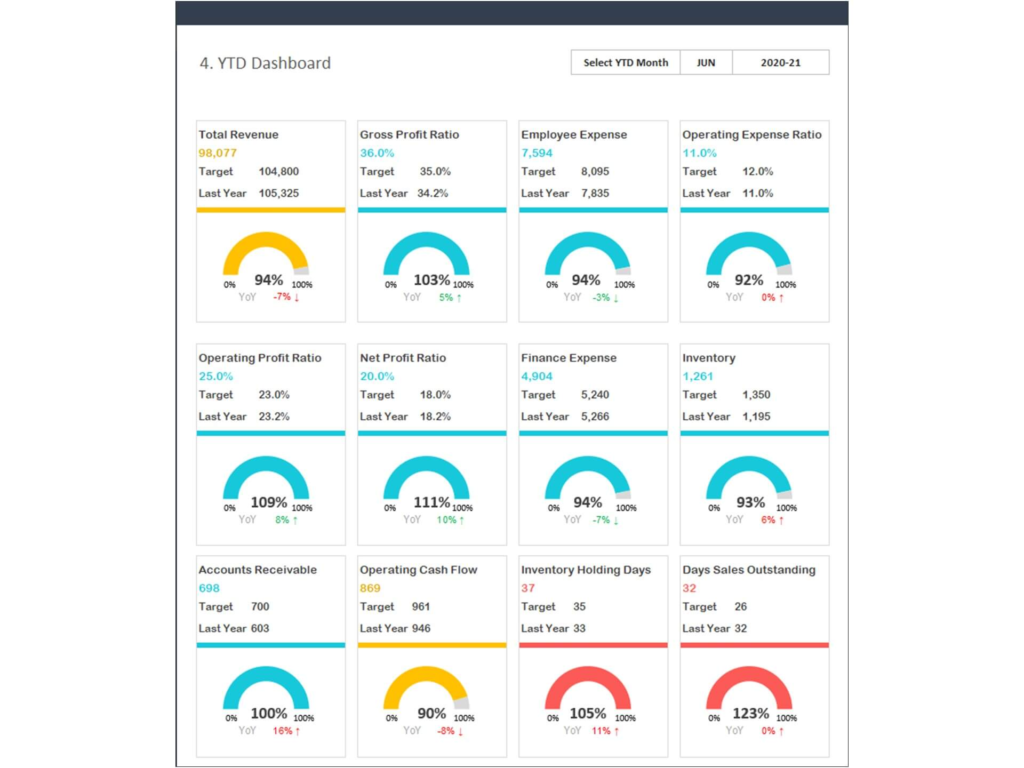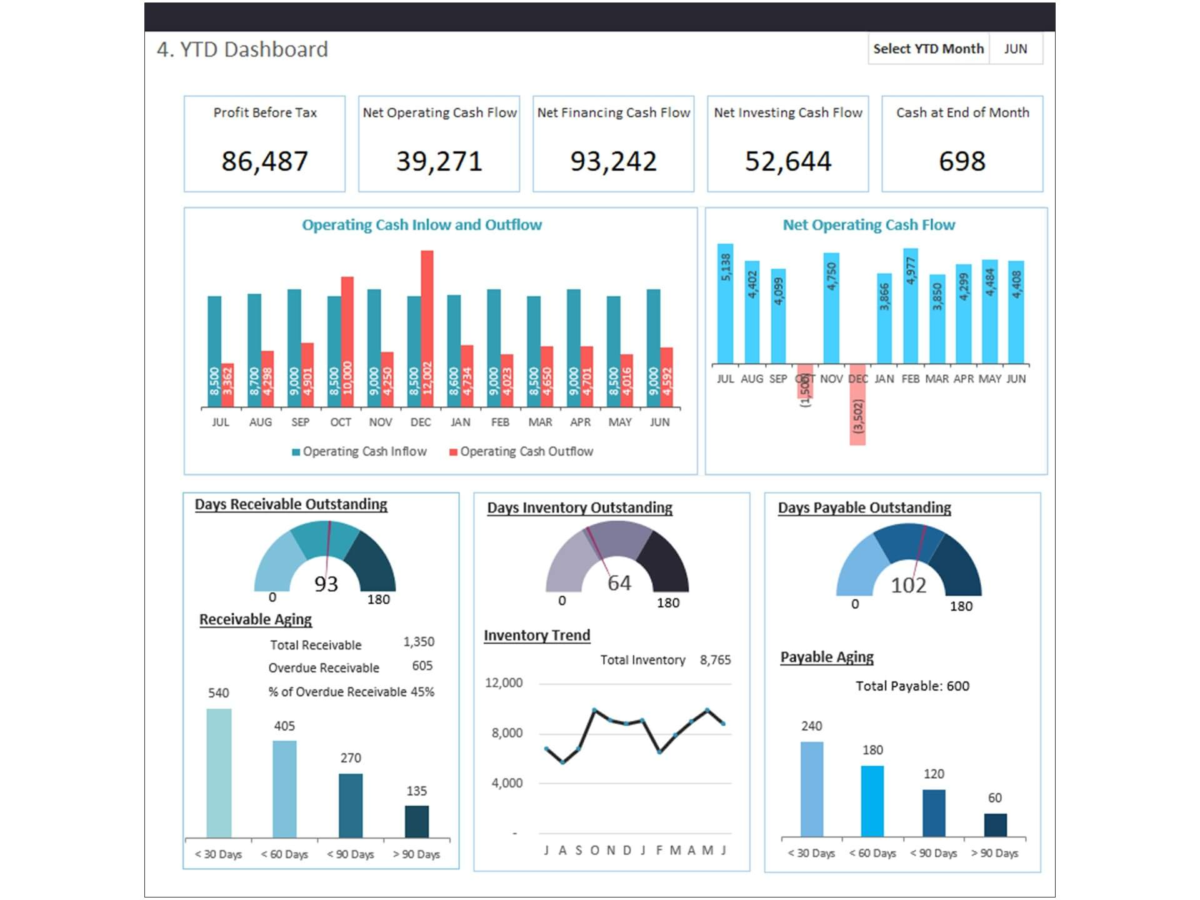A financial dashboard is a powerful tool for tracking your company’s financial condition and identifying potential opportunities. The right metrics can give you an early warning for potential problems, help you assess whether your marketing efforts are paying off, and provide insight into where you can improve efficiency.
You could include countless metrics on a financial dashboard, but not all of them will be relevant to your business. To help you get started, we’ve compiled a list of the top metrics that every financial dashboard should have.
Cash Flow
Cash flow is an excellent indicator that measures the inflow and outflow of cash within your business. Consider monitoring cash flow closely to ensure your business has enough money to meet financial obligations.
Did you know sixty-three percent of Canadian companies laid off their staff because of cash flow issues? If you want to take your company to the next level, consider focusing on your cash flow as soon as possible.
Revenue
Revenue is one of the most important indicators of business performance and growth. Regularly tracking your firm’s revenue streams will give you a clear picture of whether your business is growing or shrinking.
Expenses
Keeping tabs on expenses is critical for maintaining profitability. Watching expense trends can also help you identify opportunities for cost savings. With rising costs globally, companies must keep a close eye on their expenses. This is why you should get a financial dashboard that provides real-time expense data.
Profits
Of course, you’ll also want to track your profits on your financial dashboard. This metric is significant for businesses as investors will be closely watching it, and it’ll help them gauge your overall performance. Include current and historical profit data to help investors examine your company’s performance over time.
Accounts Receivable
Accounts receivable represents the amount of money owed to your business by customers who have not yet paid their invoices. Monitoring accounts receivable closely can help you manage working capital and keep tight control over cash flow.
Inventory Turnover
You can use inventory turnover to check how quickly you’re selling through your inventory. A high inventory turnover indicates that you’re keeping enough products on hand to meet customer demand, while a low turnover ratio could mean you’re overstocking items that aren’t selling well.

Get Top-Of-The-Line Financial Dashboards From Biz Infograph
Need a state-of-the-art financial dashboard? You’ve come to the right place! At Biz Infograph, we design our dashboards with the latest technology so you can be confident that your data is presented clearly and accurately.
Plus, our financial dashboards are easy to use and navigate, so you can find the information you need quickly and without hassle. Whether you’re looking for an overview of your company’s financial performance or detailed data on specific aspects of your business, we have a dashboard that will suit your needs.
We also offer sales, HR, supply chain and marketing dashboards to help our clients revamp their business efficiency. We deliver top-notch presentation templates to help our clients impress their investors.
Contact our representatives for more information.
